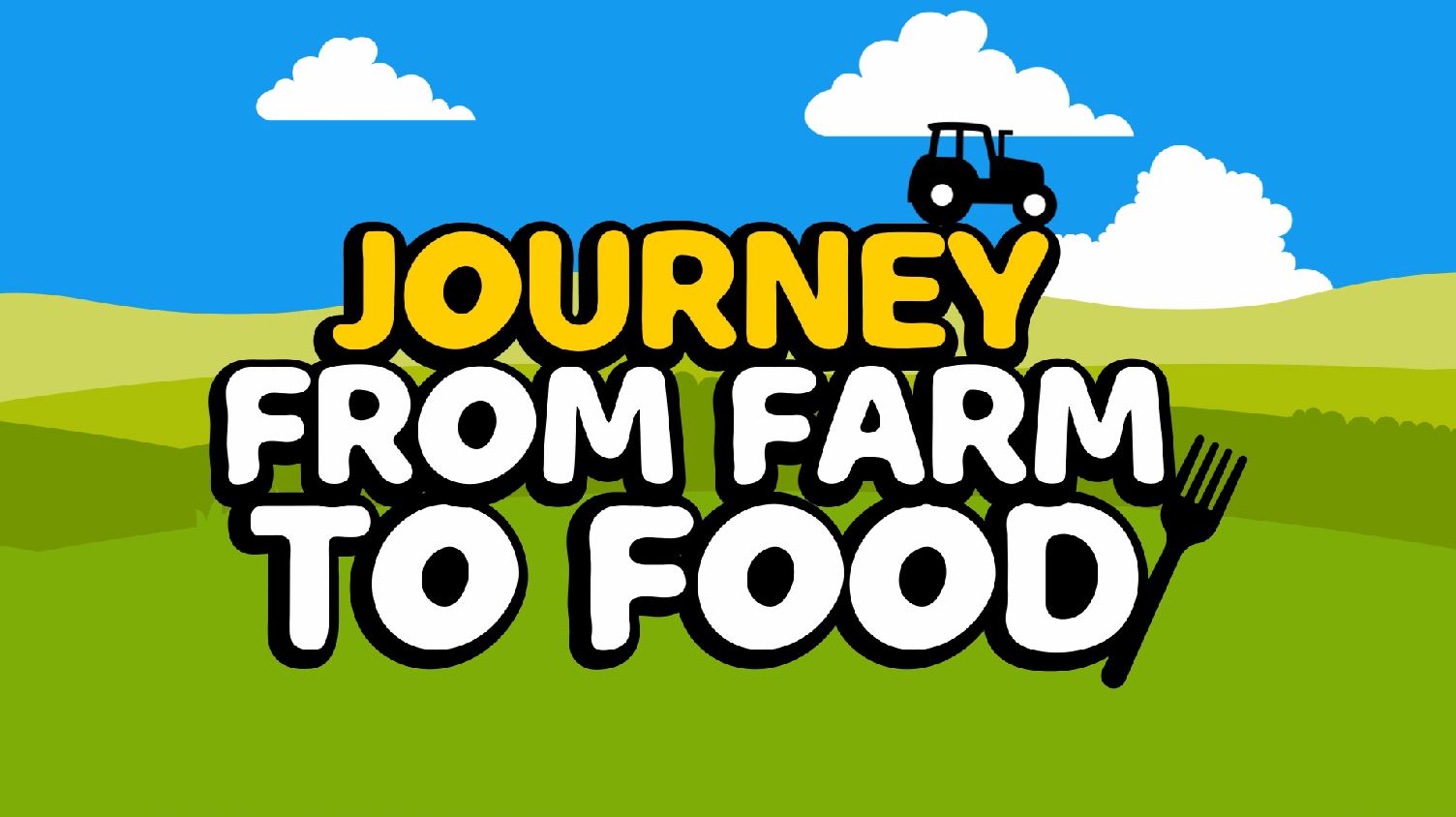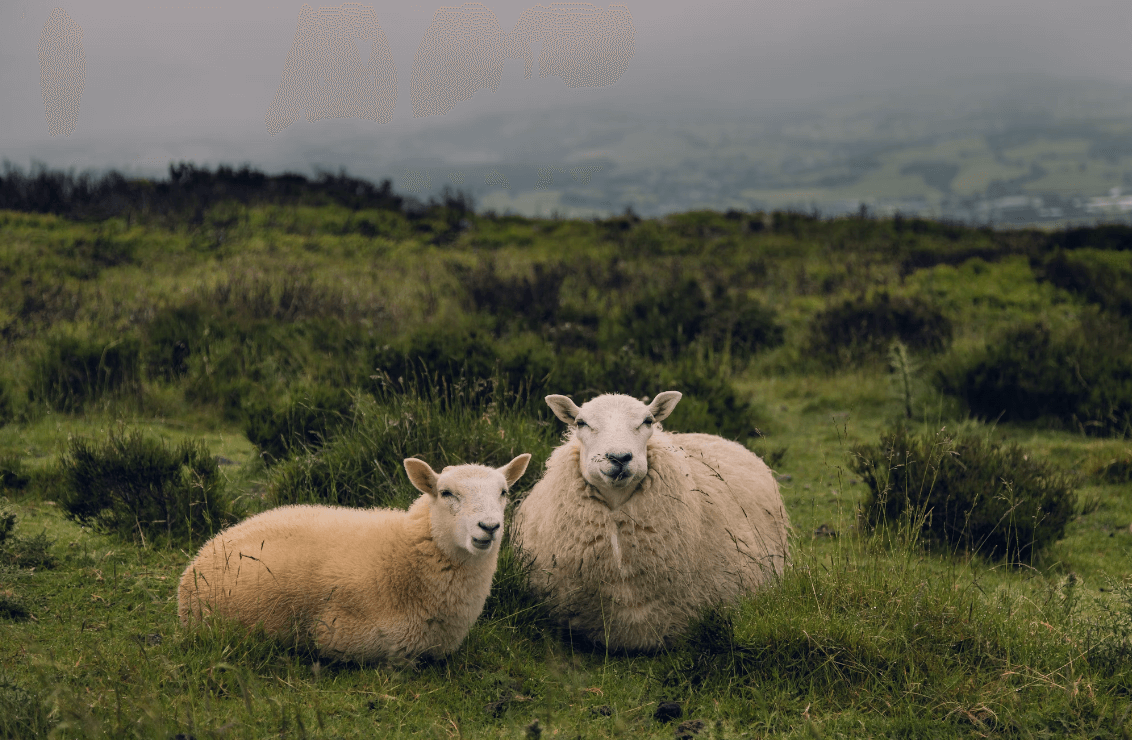Improving Longwool Sheep
Aim
Commencing in 1997, the main objective of this study was to develop a multi-trait selection index for improving longwool sheep and their half-bred progeny with respect to reproductive performance, maternal ability, growth and carcase quality.
Why is it important?
Longwool breeds of sheep like the Leicester Longwool and the Border Leicester have a significant influence on the crossbred ewe population of the UK flock through being the sire of mules and other half-breeds.
How did the project work?
In Phase 1 the project supplied 15 crossing sires per year of known genetic merit for carcase quality for mating to 1,500 hill ewes. Three crops of lambs were produced and assessed for growth and carcase traits. 5,000 lambs were reared and evaluated. Nearly 800 lambs have also been dissected.
Results show that the breed of hill ewe has a significant effect on lamb performance. Blackface ewes produce slower growing, heavier lambs with better conformation and more lean to fat ratio carcases than Speckle-faced ewes. The high index Bluefaced Leicester rams produced lean carcases with little fat, without detriment to size. Mule ewe lambs out of Blackface ewes were heavier, with greater muscle and lower fat depths. High index Bluefaced Leicester rams produced daughters with greater muscle depths, lower fat depth and “better” face colouration.
The project has shown that there are good opportunities to improve mules through selection in longwool rams. The main emphasis will be on carcase traits, but progress will also be made on maternal traits, including lamb survival. The research has shown that this will not have negative effects on conformation and resistance to internal parasites.
During Phase 2 reproductive and maternal traits were assessed in the Mule ewes produced. Information from this and Phase 1 was gathered together to develop a new index for the longwool breeds to improve carcase traits of lambs and maternal characteristics of ewes. Consultation with breeders is currently ongoing to establish the best way to implement the index.
Phase 3 of the project assessed the longevity of the ewes produced in Phase 1. This information was then used to further refine the selection index.
Who did the work?
The research was undertaken by IRS – Aberystwyth, SAC and ADAS
Project jointly funded by HCC, EBLEX and QMS.
Longwool Final Report
Longwool Final Report – additional tables



